Q: How does screening mammography reduce cancer deaths?
Screening mammography reduces cancer deaths by decreasing the rate of advanced cancers.
Early cancers, including non-invasive and invasive cancers ½ inch in size or smaller, are potentially curable in more than 90 percent of cases.
Routine mammography (on a yearly basis) is the most effective tool to detect early cancers
The earlier diagnosis of breast cancer through screening mammography is the most important influence on the reduction in breast cancer specific deaths witnessed over the past decade.
Every screening program that has decreased the rate of advanced cancers has also decreased the death rate from the disease.
Q: How do we maximize the effectiveness of mammography?
Who interprets your mammogram is a critical factor.
Studies have shown that expert breast imaging radiologists, those who routinely interpret 300 or more studies a month, were more accurate, found more cancers, and recommended fewer biopsies than those who interpret less.
Q: What are some tips for a good mammogram?
First, try to schedule your mammogram one week after your period. Your breasts will be less sensitive and some studies have shown that the mammogram may be more effective.
If breast sensitivity is problematic, consider Tylenol or Motrin beforehand.
Be forthcoming with any new or concerning breast symptoms. Patients with symptoms should go to a facility that specializes in breast imaging for a customized examination. Up to 15% of screening mammograms may not detect an abnormality, which often can be demonstrated on customized, comprehensive exams.
If visiting a new facility, bring prior mammograms to your appointment. Radiologists are looking for changes in the appearance of the breast over time.
Find out who will be interpreting your mammogram. Studies have shown increased accuracy for radiologists who interpret large volumes of mammograms on a regular basis. Seek a facility that offers breast imaging specialists.
Find out when and how you will be receiving results. Do not assume “no news is good news.”
Most importantly, obtain mammograms regularly!
1 in 8 women will get breast cancer in her lifetime.
Early detection of breast cancer, through monthly breast self-exams and particularly yearly mammography after age 40, offers the best chance for survival
Breast cancer risk increases with age and every woman is at risk
Every 13 minutes a woman dies of breast cancer
The first sign of breast cancer usually shows up on a woman’s mammogram before it can be felt or any other symptoms are present
Risks for breast cancer include a family history, atypical hyperplasia, delaying pregnancy until after age 30 or never becoming pregnant, early menstration (before age 12), late menopause (after age 55), current use of oral contraceptives and daily consumption of alcohol
96% of women who find and treat breast cancer will be cancer free after 5 years.
Over 80% of breast lumps are not cancerous, but benign such as fibrocystic breast disease
*Facts courtesy of Breastcancer.org and About.com:Women’s Health


